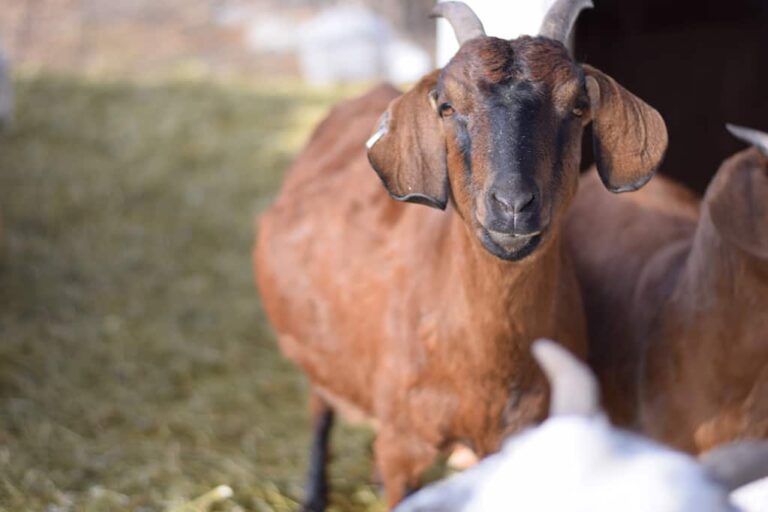Selecting the right turkey breed is one of the most important decisions a farmer can make, as it directly influences growth rates, feed costs, meat quality, and overall profitability.
The choice should be guided by the farm’s production goals, available resources, and target market.
For instance, farmers aiming for quick returns often prefer commercial breeds like the Broad Breasted White or Broad Breasted Bronze, which are known for their rapid weight gain and high meat yield. These birds typically reach market size within four to five months, making them ideal for intensive, high-output operations.
In contrast, heritage breeds such as the Bourbon Red, Narragansett, and Royal Palm grow more slowly but are valued for their flavor, resilience, and suitability for free-range systems. They can thrive in outdoor environments, forage for part of their diet, and often display stronger natural immunity compared to their commercial counterparts. However, because they take longer to reach market weight (often six to eight months), they may require a higher investment in feed and time, which can be offset by selling them at premium prices to niche or gourmet markets.
Climate is another factor to consider when choosing a turkey breed. Some heritage varieties are better adapted to colder or more humid environments, while certain commercial breeds may require more controlled housing to maintain health and productivity. Farmers in areas with extreme temperatures should prioritize breeds with proven tolerance to those conditions to avoid stress-related health issues.
Market demand also plays a key role in breed selection. If the local market favors lean white meat and large breast cuts, commercial breeds are the logical choice. However, if customers value rich flavor, darker meat, or traditional farming practices, heritage breeds can offer a competitive advantage.

